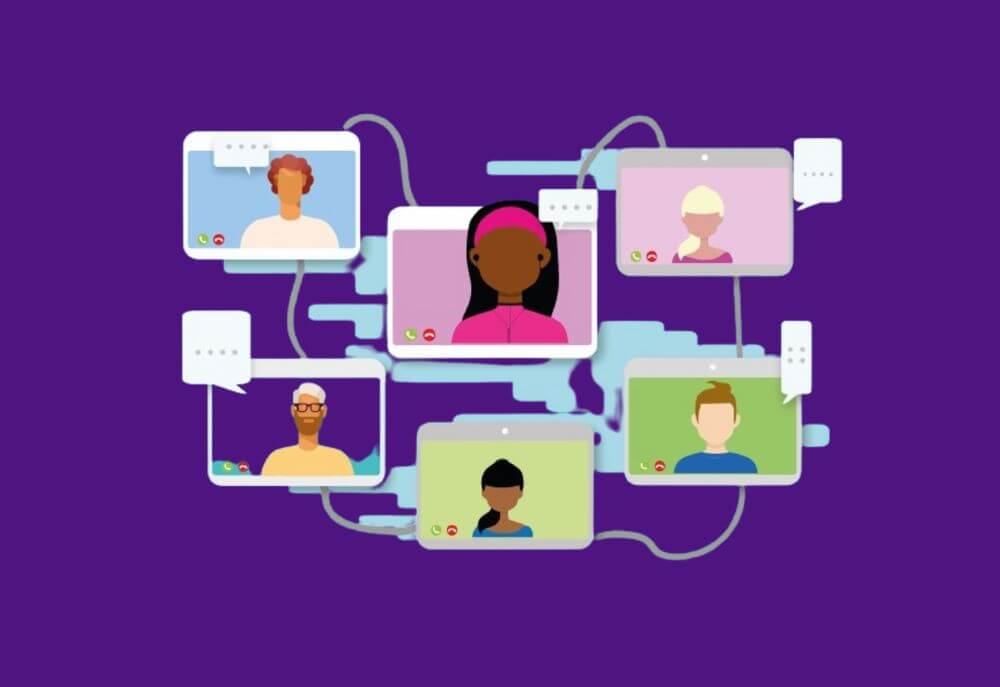Skip-level meetings are an essential tool in modern organizational structures, enabling direct communication between employees and upper management by bypassing intermediate supervisors.
This method encourages transparency, continuous improvement, and stronger relationships within different levels of an organization.
We will explore the question ‘What is a skip level meeting?’ by exploring its purpose, benefits, and effective implementation, integrating various insights to offer a well-rounded understanding.
Purpose of Skip-Level Meetings
The primary purpose of a skip level meeting is to bridge the communication gap between employees and senior management.
These meetings allow employees to share their ideas, concerns, and feedback directly with upper management, providing a platform for unfiltered information exchange.
This direct line of communication can help senior leaders gather valuable insights that might be overlooked or diluted when communicated through multiple layers of management.
Building Relationships and Employee Engagement
Skip level meetings are an excellent way for upper management to build stronger relationships with their teams.
By engaging directly with employees, senior leaders can demonstrate that they value their input and are committed to fostering a supportive and inclusive work environment.
This engagement can significantly boost employee morale and engagement, as employees feel heard and appreciated.
Continuous Improvement and Innovation
These meetings are a great opportunity for organizations to gather new ideas and innovative solutions directly from the people who are most involved in day-to-day operations.
Employees often have unique perspectives on potential improvements and innovations that can enhance productivity, efficiency, and overall job satisfaction.
By regularly conducting skip level meetings, companies can cultivate a culture of continuous improvement and proactive problem-solving.
Key Benefits of Skip Level Meetings
- Unfiltered Feedback: Direct reports can provide honest feedback without the influence or bias of their immediate supervisors, giving upper management a clearer picture of the organizational climate.
- Increased Transparency: Regular interactions between different levels of the organization promote a culture of openness and trust, making it easier to address issues and implement changes.
- Career Development: These meetings can serve as a platform for employees to discuss their career aspirations and seek guidance from senior leaders, potentially opening doors for mentorship and professional growth.
- Identifying Issues Early: Skip level meetings help in identifying potential problems early, allowing the organization to address them before they escalate into larger issues.
- Empowerment and Engagement: Giving employees a direct voice to upper management empowers them, leading to higher engagement and a sense of ownership over their work.
Preparing for a Skip-Level Meeting
Effective preparation is crucial for the success of skip level meetings. Here are some steps to ensure productive and meaningful discussions:
- Set a Regular Schedule: To maximize the benefits, skip level meetings should be held on a regular basis. This consistency helps integrate them into the organizational culture as a proactive measure rather than a reactionary one.
- Inform Participants in Advance: Notify both the direct manager and employees about the meeting well in advance. This preparation helps manage expectations and encourages participants to reflect on their experiences and gather their thoughts.
- Create an Agenda: A clear agenda helps keep the meeting focused and ensures that all relevant topics are covered. Typical agenda items might include reviewing the employee’s role and achievements, discussing challenges and support needs, and gathering feedback on management and company culture.
Conducting a Skip Level Meeting
During the meeting, it’s essential to create a comfortable and open atmosphere. Here’s a suggested structure for conducting a productive skip level meeting:
- Opening and Rapport Building: Begin with a warm greeting and express genuine appreciation for the employee’s time. Share the purpose of the meeting and emphasize that it is an opportunity for open conversation and feedback.
- Review of Role and Achievements: Ask the employee to describe their current projects and highlight any recent successes. This acknowledges their contributions and provides context for the discussion.
- Discussion on Challenges and Support: Invite the employee to share any challenges they are facing in their role and discuss what support they need to overcome these obstacles.
- Feedback on Management and Culture: Seek the employee’s perspective on their direct management and overall company culture. Use specific questions to gather actionable insights.
- Ideas for Improvement: Encourage the employee to share their ideas for improvements or innovations within the team or the broader organization.
- Career Aspirations and Development: Discuss the employee’s career goals and explore potential growth opportunities. Offer guidance and support to help them achieve their aspirations.
- Closing and Next Steps: Summarize key points from the conversation and outline any agreed-upon actions. Express appreciation for the employee’s openness and contributions, and specify the next steps, including follow-up meetings if necessary.
Common Pitfalls and How to Avoid Them
While skip level meetings can be highly beneficial, they are not without challenges. Here are some common pitfalls and tips to avoid them:
- Lack of Preparation: Ensure both the team leader and employees are well-prepared by providing a clear agenda and communicating the meeting’s purpose in advance.
- Managers Feeling Threatened: Involve managers in the planning process and reassure them of the meeting’s objectives to prevent feelings of being bypassed or threatened.
- Failure to Follow Up: Always follow up on the feedback received during the meeting. Communicate what actions will be taken and provide updates on progress.
- Dominating the Conversation: Focus on listening and ask open-ended questions to encourage employees to share their thoughts.
- Overlooking Confidentiality: Assure participants of confidentiality and handle sensitive information discreetly.
- Not Acting on Feedback: Prioritize actionable feedback and create a plan for addressing it. Keep employees informed about how their feedback is influencing changes or decisions within the organization.
Alternatives to Skip Level Meetings
While skip level meetings are highly effective, there are other methods to gather insights and strengthen connections within an organization:
- Anonymous Feedback Tools: Digital platforms that allow employees to submit feedback anonymously can encourage candid responses.
- Regular Employee Surveys: Surveys provide a continuous stream of data and ensure every voice is heard.
- Town Hall Meetings: Larger forums where senior leaders address the entire organization or large departments can communicate strategic decisions and gather broad feedback.
- Focus Groups: Small, topic-specific groups provide detailed feedback on specific areas of concern or interest.
- 360-Degree Feedback: Collecting insights about an employee from their manager, peers, and direct reports can provide a comprehensive view of their performance.
- Mentoring Programs: Implementing mentoring programs fosters direct communication between senior leaders and employees at different levels.
- Open Office Hours: Senior leaders can set aside regular times for any employee to discuss ideas, concerns, or feedback.
Conclusion
Skip level meetings are a powerful tool for fostering direct communication, building relationships, and promoting continuous improvement within organizations.
By regularly engaging with employees at different levels, senior leaders can gather valuable insights, identify issues early, and drive innovation.
Proper preparation, effective execution, and follow-up are key to maximizing the benefits of these meetings and creating a culture of openness and engagement.
Read also: How Should an Employee Prepare for a Skip-Level Meeting


